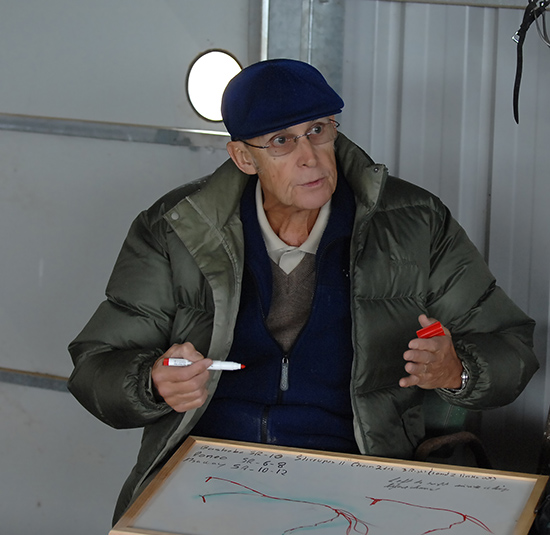
Horses are not straight. Like human beings, they are right handed or left handed.
The Old Masters had all sorts of explanations for this. There was a suggestion that before the horse is born, it is curled to the left or the right in the mother’s belly. Another reason that was suggested is that we lead the horse on the left, saddle it on the left, feed it from the left, so we make it one sided. Yet another explanation from the past was that if they had a very big mane to the left, to look that way they have to over-bend. Or that their hearts are to one side.
I even read one funny story of an instructor who came to Australia who said all round the world horses were bent to the left, except in Australia, where they were bent to the right because it was the other side of the world!
What is true is that we have some horses that are easier to one side – and others who are easier to the other.
But the fact remains, horses are not straight. We must think about the old maxim, ride your horse forward, and put him straight.
story continues below the advertisement
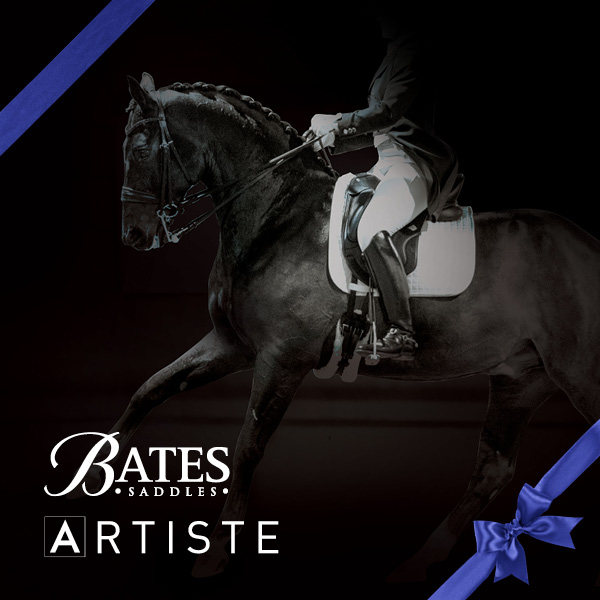
Ever since we started to try and train horses, making them straight has been one of the challenges of the trainer.
The real problem is that the horse is stronger on one side, weaker and hollow on the other side. It is easier for him to stretch the stronger side, he tends to be supple on the stronger side – and on the weak side the horse has a tendency to curl and to hollow, and it is more difficult for them to stretch on that side.
It can also be the case that one hind leg is stronger than the other. The horse is able to take more weight, and push more, with that stronger leg. Now whether one leg became stronger because one side was stronger, or one side was stronger and made one leg stronger, I don’t care! Which comes first, the chicken or the egg, is not interesting. What is interesting is the problem – the horse doesn’t want to stretch one side, and one leg is not so supple and strong. That is what I have to deal with.
It is essential to understand that suppleness is the ability to stretch, if the horse is hollow on the left and does not want to bend to the right so much, the problem is not really on the right, the problem is on the left where the horse does not want to stretch.
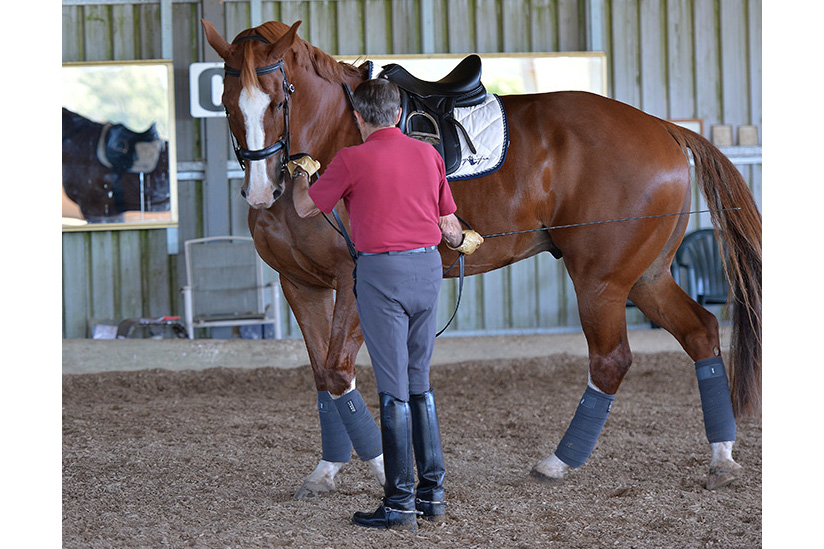
To deal with the problem, I have to work on the way the horse uses his hind legs. If I have a horse that doesn’t want to put the weight on the right hind leg and every time I try to bend him to the right, he doesn’t want to stretch, and instead of bending to the right, he puts his nose to the right, his poll to the left, and he avoids the action of the right rein and he doesn’t stretch the left side, and he doesn’t put his full weight on the inside, right, hind leg. Then I have to find a gymnastic exercise that makes it easier for the rider to control that evasion of the horse, and at the same time, provide the horse with a gymnastic activity that will improve the ability to stretch the left side, and supple and strengthen the right hind leg.
story continues below the advertisement
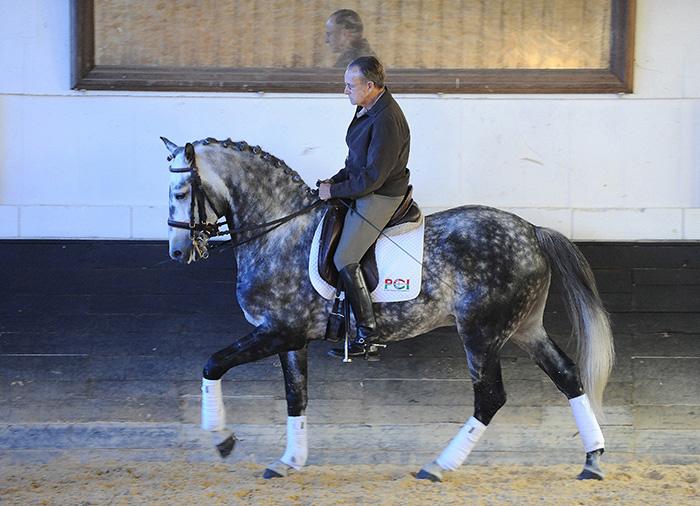
One exercise that I use very often is to ride the horse forward alongside the wall, asking a very little bend to the right, just asking to see a bit of the right eye and the right nostril. This is not even the shoulder-fore position, just a very slight shoulder fore, don’t ask too much, just enough to stretch the outside and ride him really forward.
This is also a very good way to put the horse on the outside rein, and to make the horse come on the bit and come through.
You should teach this movement in an energetic working trot, forward – the walk does not have enough natural impulsion to achieve the gymnastic I am aiming for.
I use the walk to control, I use the walk if the horse resists too much, but I break it up with the trot because the walk will not solve the problem. It may solve the problem of the resistance but it will not solve the problem long term, it hasn’t the gymnastic power to solve the problem of suppleness.
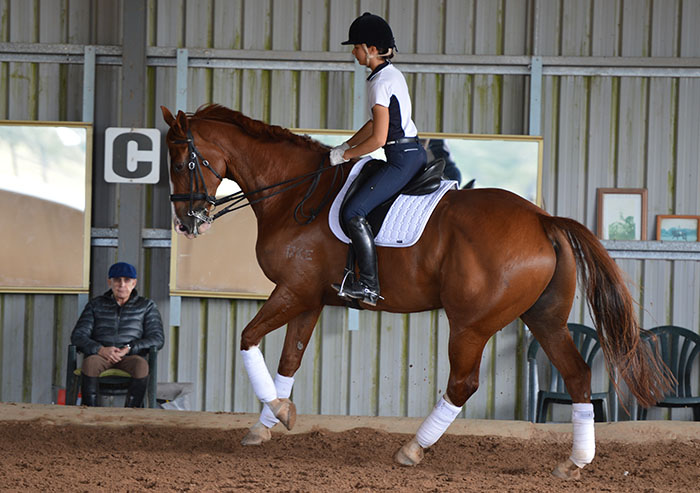
There are many gymnastic exercises that deal with the problems of straightness and crookedness. All the lateral work: shoulder-in, counter shoulder-in, travers, renvers, are all exercises to make the horse carry more weight on the inside hind leg, stretch the outside and come through on the bit.
story continues below the advertisement
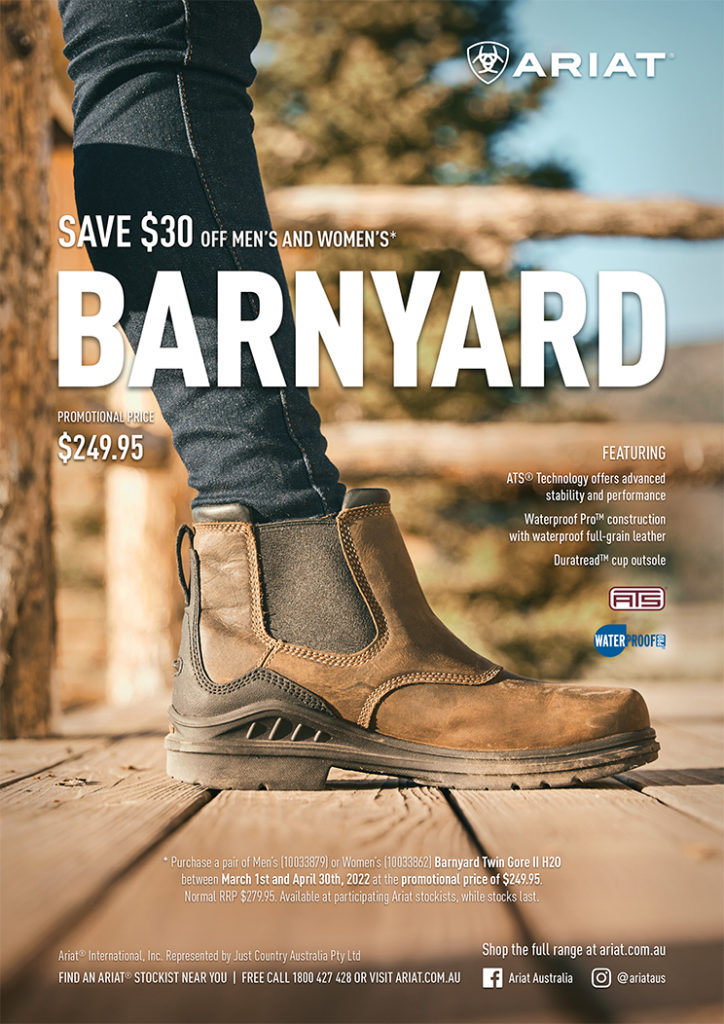
What is very important when we ask the horse to yield the weak side, is to never support the horse, never hang on the inside rein. Immediately the horse gives a little bit, you must release straight away the contact on the inside rein, take again, and release it, take and release, give and take, if you try to support and keep, he will hang on and tilt his head to the other side straight away.
Both legs have to push the horse, remember we have ‘no reins’, the reins only explore the action of the legs of the rider. The rider’s legs push the horse, and when the horse really goes and we get a bit of bend, give and take, give and take, and don’t try and support. Don’t try to ask too much too soon. It must be gradual, and for some horses, it is very difficult for them to bend – sometimes because they have been badly trained before, or because they have conformation problems.
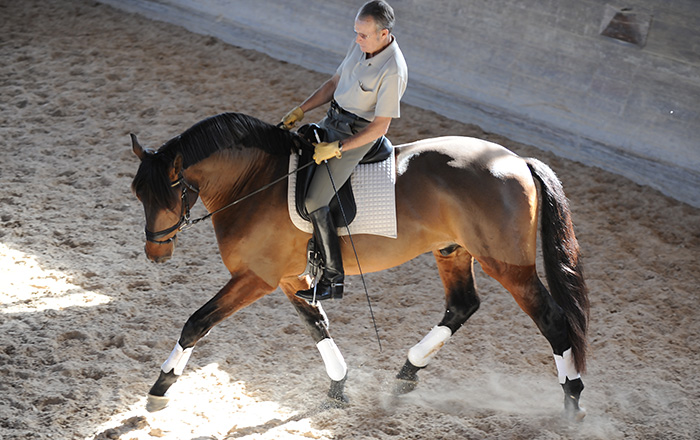
While we first do this gymnastic in a forward working trot, it is necessary to be able to make the same exercise in a canter.
story continues below the advertisement
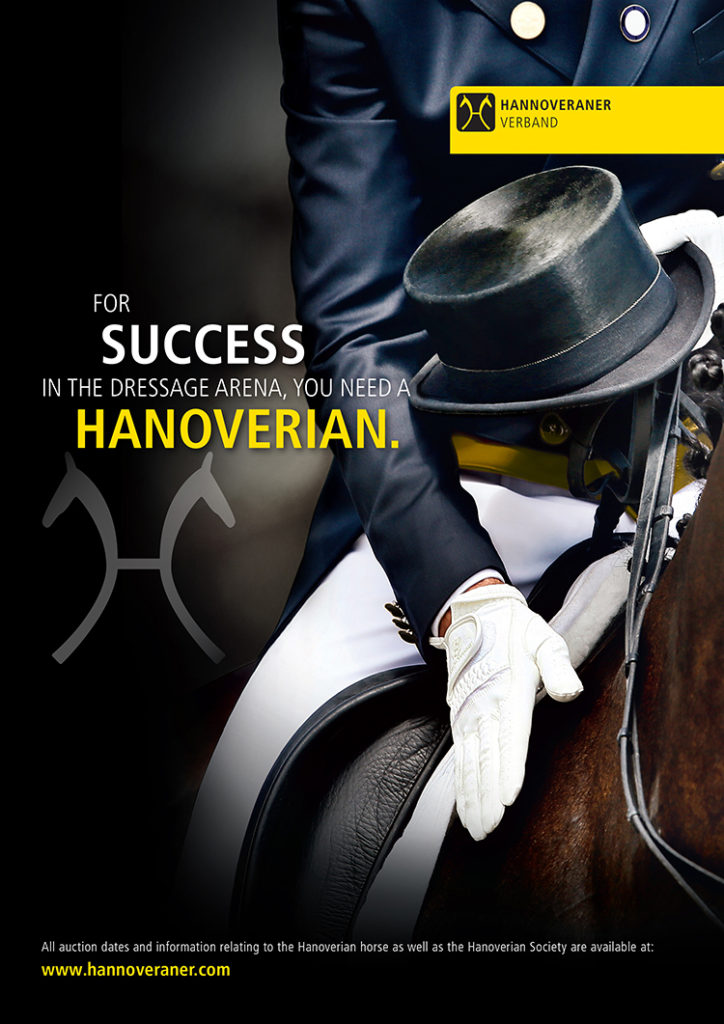
Once the horse is working well in the trot, then a very good exercise to straighten and to supple the canter, is the counter-canter. Working a lot in the counter-canter is the best suppling exercise that we have, because when the horse is going in counter-canter, he can evade by putting his hindquarters out because of the walk, and you can put the shoulders very well in front of the hindquarters so that just by going straight the horse is making a good suppling exercise.
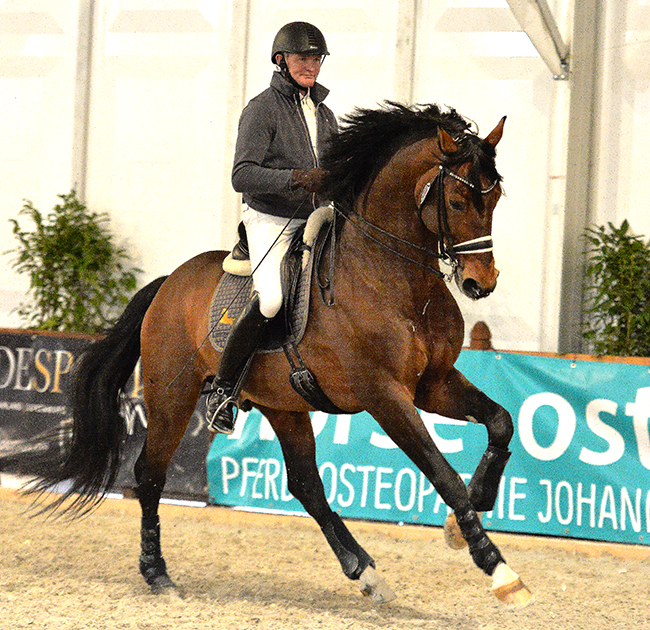
In the canter, we do not have so much the problem of titling because the canter is not so symmetrical by the diagonal, and the horse cannot avoid so much. He can avoid completely the bend but if that happens he should not canter at all, he should go back to trot.
As well as the counter-canter, the shoulder-in in the true canter is also a fantastic exercise to improve the ‘throughness’ and the straightness of the horse. Normally with the combination of a good counter-canter and shoulder-in in canter, we can make the horse very very straight.
Sometimes if you get stuck in trot, then going to canter is s good idea, in canter the horse is more likely to stretch, then when they come back to trot, they are more willing to move correctly.
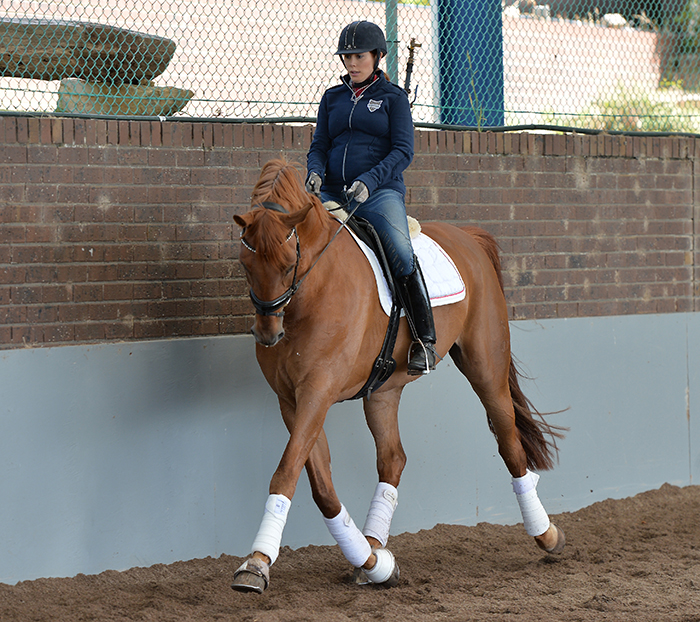
Shoulder-in is such a critical exercise for so many things. Shoulder-in is a fantastic exercise to stretch the outside, to engage the inside hind leg and to start collection. When the horse is collected it is much easier to keep the straightness. I am not suggesting that you have to spend ten weeks doing nothing but the slight shoulder fore position, and then when you get that move on to more demanding exercises like shoulder-in. Right from the start, do some of the shoulder fore and combine that with the shoulder-in. There is no doubt that the shoulder-in is the foundation of equitation. The shoulder-in helps make the horse straight, helps bending, helps engagement, helps relaxation, helps suppleness. It is the true foundation of equitation.
A few words from the Old Masters…
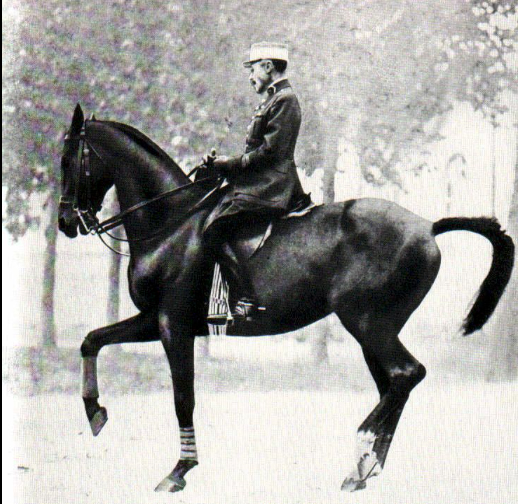
General Decarpentry in his Academic Equitation was well aware of the problem, especially in canter:
“Absolute straightness in the whole length of the body is never natural to the horse at any pace because of congenital asymmetry, but it is at the canter that the bend is most pronounced, and the task of straightening him at this gait is especially difficult. Usually, the horse which is naturally inflexed to the left canters in a relatively straight position on the right lead. The legs of his right diagonal will both be placed more or less on the line of the course. Those of the other diagonal will be placed on either side of this line, but with the hind leg further away from it than the foreleg. In this case, the natural bend of the horse counteracts the crookedness peculiar to the canter on the right lead, and therefore produces relative straightness. On the contrary, on the left led, the two deviations add up, and the horse is seen to go markedly crooked as well as bent.”
And as Miguel pointed out, one special tool to counter crookedness is the shoulder-in, invented by de la Guérinière:
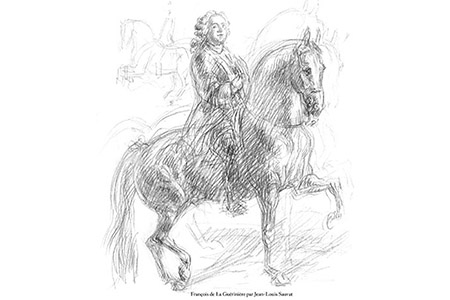
“The horse should gallop in the posture of the shoulder-in, not only to render it more supple and obedient, but also to prevent the bad habit, shown by nearly all horses, of galloping with the inside hind leg outside the line of the inside foreleg… For this reason the horse must gallop shoulder-in, to teach it to keep the hind legs close to one another and to lower the hindquarters. When the animal has been suppled and broken of this false posture, it can easily gallop with united hindquarters, which is the proper form of gallop.”
School of Horsemanship
And Udo Burger makes the point:
“… it is only if there is enough impulsion that the horse is perfectly straight in the canter. It is quite impossible to have a horse straight at a lolloping sort of canter.”
The Way to Perfect Horsemanship
And let’s let Miguel Tavora have the last word on the subject:
“…in equitation all matters are connected, and many of them are the consequence of others. For example, a horse can’t be straight without being forward, and to be correctly forward, he needs to be straight.”
Dressage Principles and Techniques
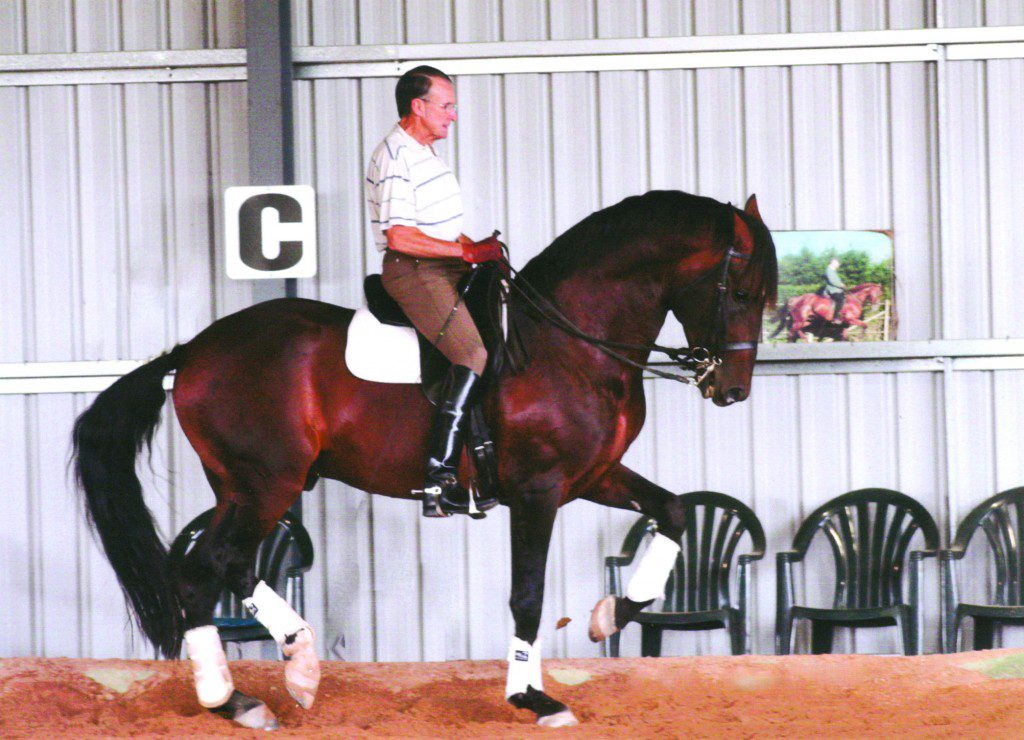



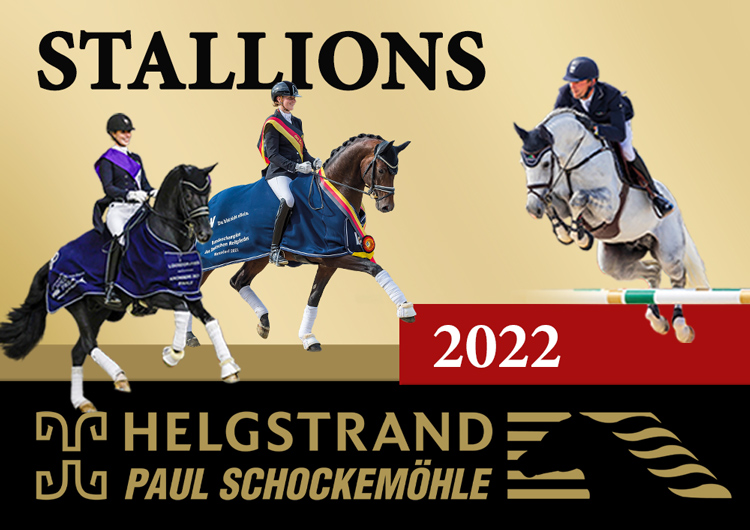
98% of all horses are concave at the right side and convex at the left side (George Morris) do the behind leg right is not under but aside the body and what mist riders forget is that the left behind leg is also not under but behind the body, we also call the left convex side the “long side”
The best way in praktise to straighten your horse is to concentrate at the left behind leg getting more forwards so the horse gets less long and so less convex and at the end gets straight
Best exercices for above are; contra galop at the right hand and renverse at the right hand (Nuno Oliveira)
I’ve been given lessons in this for more than 40 years and believe me your horse will change totaly within an hour !
98% of all horses are concave at the right side and convex at the left side (George Morris) do the behind leg right is not under but aside the body and what mist riders forget is that the left behind leg is also not under but behind the body, we also call the left convex side the “long side”
The best way in praktise to straighten your horse is to concentrate at the left behind leg getting more forwards so the horse gets less long and so less convex and at the end gets straight
Best exercices for above are; contra galop at the right hand and renverse at the right hand (Nuno Oliveira)
I’ve been given lessons in this for more than 40 years and believe me your horse will change totaly within an hour !